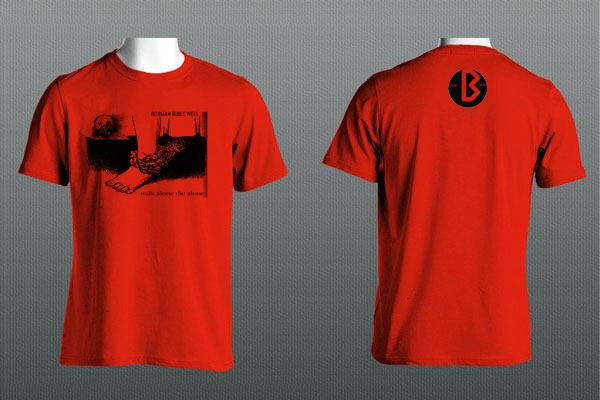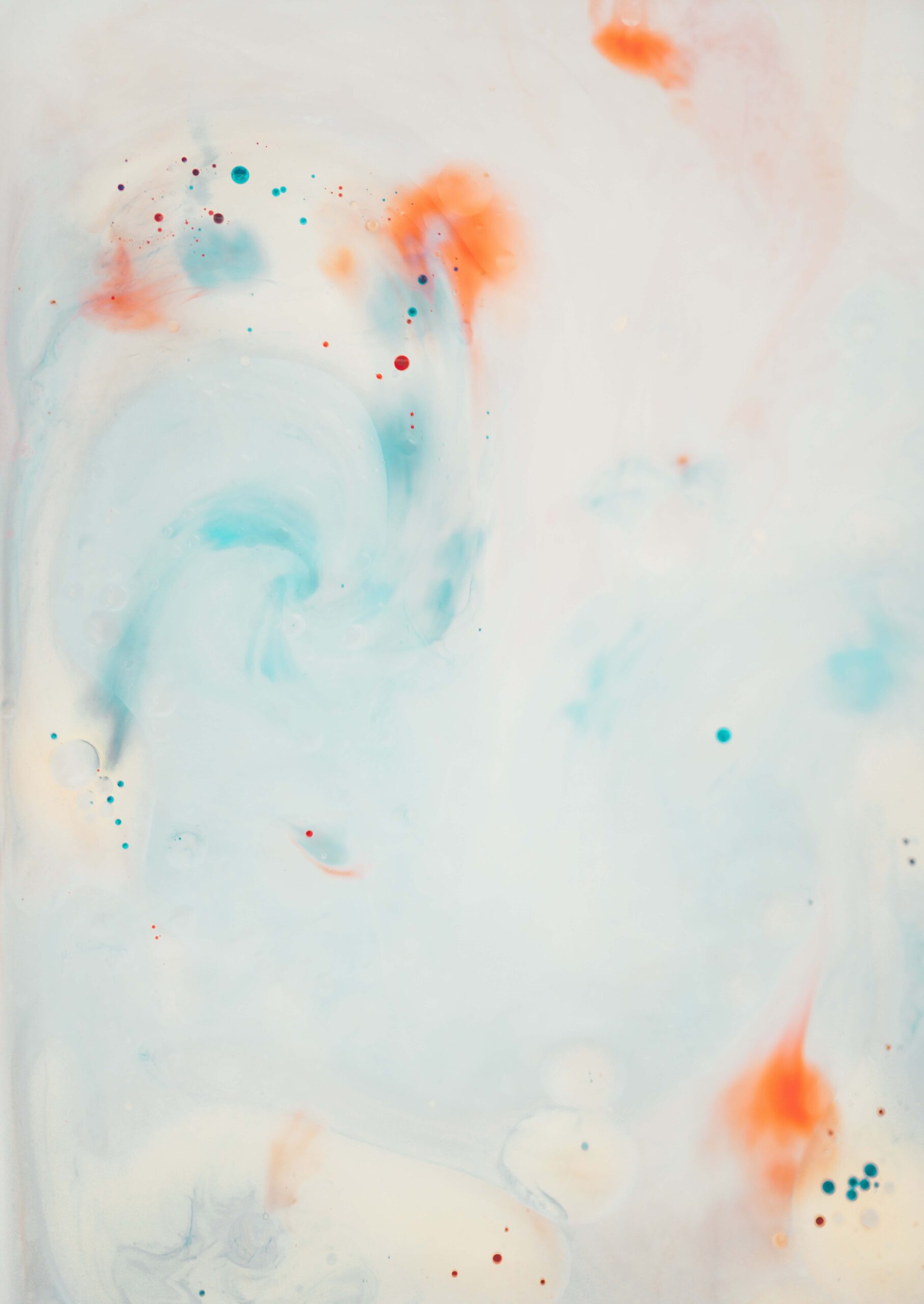If you’ve ever thought about running your own clothing store, experimenting with “print on demand” dropshipping, or simply designing custom garments, you may have seen this term. One of the most prevalent methods of putting designs to materials is DTG, or “Direct to Garment” printing. At Dallas T shirt printing we provide the best local direct to garment printing.
Often offered alongside options such as screen printing, embroidery and dye sublimation, DTG printing is an easy way for designers to bring their creations to life.
Today we’re going to discuss everything you need to know about Direct to Garment printing, how it works and why it could be the right tool for your business.
What is DTG printing? An introduction
Direct to Garment, or “DTG” printing is a form of printing method used in the apparel manufacturing landscape. It entails spraying a specific sort of ink in a specified pattern onto a garmen. The ink then penetrates the fibers to create a unique result.
So, how does DTG printing work?
To enable DTG printing, digital printers, similar to those used to print paper, spray water-based ink onto a fabric. To ensure that the design does not run, a pre-treatment solution is applied to the garment beforehand to help the ink bond to the fibers.
The garment is then placed on a product called a “roller” and inserted into the printer. Finally, the ink is hardened using a special method to make the overall design more durable. The technology used in DTG printing is quite similar to an inkjet printer you would use for your computer.
Although it is possible to use DTG printing with several forms of fabric, the process usually works best with garments made entirely of cotton.
Go to the top
What are the advantages of DTG printing?
There are various advantages to using DTG as a printing method for your clothes or garments. But before knowing the reaseon if you want the best local direct to garment printing service in dallas then you can visit Dallas t shirt printing.
The biggest advantage for most creators is that it’s relatively easy to print one-off items because it takes very little time to set up. If you run an online store with Shopify or WooCommerce and connect to a DTG printing provider that offers “print on demand” technology, it’s simple to manufacture things anytime a consumer makes a purchase.
Companies using DTG can still bulk order designs if they want, and some suppliers will even offer discounts on bulk orders. Other “pros” with DTG printing include:
- There are numerous colour options for dyes.
- Suitable for wide range and detailed designs
- Quick and easy process
- Perfect for both short production runs and mass productions
- Low installation costs for most businesses
- Works well on colored garments
- Accurate reproduction for most patterns
- Water-based and relatively environmentally friendly process
- Works well with digital software packages
Used correctly, DTG printing can be an excellent way to produce a variety of garments with unique designs and patterns. You can produce high-quality products without worrying too much about expensive installation processes.Furthermore, many of the top POD and dropshipping suppliers will already offer DTG printing.
Are there any disadvantages to DTG printing?
Although DTG printing has a large number of advantages, it can also suffer from some disadvantages. For example, many DTG printers will be limited to printing your designs on either all-cotton or cotton garments. Although cotton garments are very popular in the fashion landscape, they are not always cost-effective for large production runs.
Cotton is comfortable, hypoallergenic, durable and often quite resistant to a range of weather conditions; however, producing all-cotton garments can be expensive.Also, some DTG printing providers may limit your customisation possibilities for your clothing.
For example, you may only be able to place your designs on certain areas within a garment. This can be a problem if you want to produce something extremely unique. DTG printers offer many color options, meaning users can print detailed and even photorealistic images with virtually no limitations, but it does not work well with “transparencies”.
Elements of a design that are less than fully opaque rarely translate well to DTG printing. In most cases, the printer will try to compensate for the missing color by spreading the ink, giving the fabric an unusual appearance. This is why most designers use either solid colors with DTG or semi-transparency solutions such as half-tone.
Even so, direct-to-garment printers offer great versatility when it comes to multi-color designs, whether you’re printing one-off items or large quantities of the same product.
Is DTG printing an environmentally friendly option?
Many companies and entrepreneurs who plan to engage in the clothing and apparel industry are paying more attention to the value of “environmentally friendly” and sustainable printing. In recent years, consumers have become increasingly concerned about the wasteful nature of the clothing landscape and the impact it has on the environment. If you want your company to stand out and connect with your customers, it is often a good idea to choose sustainable processes.
Although DTG has various pros and cons to consider, it is generally considered a more sustainable business model for fashion than some other printing options. Compared to alternatives such as screen printing, for example, DTG may be more beneficial for the planet. This is because it is great for printing single designs or short runs, allowing companies to avoid “overproduction” and waste.
According to some studies, about 92 million tons of textiles end up every year in landfills in the fashion industry, as a result of companies failing to sell all their products. DTG can help reduce the risk of textile waste.
Meanwhile, many DTG printer manufacturers have been working on the development of more advanced technology, designed specifically to support durability. For example, some machines can produce almost no waste water and also maintain their energy or electricity usage as long as possible. Some manufacturers even use vegan and less chemically infused water-based inks, which are less harmful to the environment.
How much does DTG printing cost?
This can be a difficult question to answer clearly, as there are many factors that affect how much a printing method will cost. In general, the price of printing products with a DTG supplier will vary depending on the type of design you want to create, the type of ink you use and how many garments you are producing at any given time.
The cost of your printing strategy can also increase depending on whether you use 100% cotton as a material or if you use a cotton blend. With a POD provider like Printful , most businesses can expect their DTG costs to start at around $8.75 for a standard t-shirt. The total cost of the item you produce depends on the number of colors you want in your print designs.
If you produce your own DTG system from scratch, the cost of producing your garments will be much higher. For example, you have to buy special machinery, equipment and ink, which can end up costing thousands of dollars. You also have to pay for the labor costs of running your print shop.
Do DTG prints last long?
When you sell garments to customers, you need to make sure that the designs you create will continue to look amazing for as long as possible, even after your customers wash their clothes.
As mentioned above, DTG printers and companies use different methods to ensure that the print lasts as long as possible. In most cases, DTG prints will remain vibrant and beautiful for a long time, provided you follow the care instructions carefully.
To stop prints from cracking or fading, most manufacturers will recommend users follow specific cleaning strategies, such as washing clothes gently and avoiding fabric softeners and bleaches. It is also advisable to avoid ironing DTG prints.
As new technologies are introduced to the market, DTG printing can become an even more viable option than silkscreen or screen printing services.
Is DTG printing a good fit for your company?
If you are looking for a way to create full color images for garments with a simple and environmentally friendly printing process, DTG could be the perfect solution. Compared to other digital printing methods, from heat press to embroidery and screen printing, DTG gives companies more freedom to create the best possible custom t-shirts and apparel.
You don’t need to create unique stencil cutouts every time you invest in a garment printing strategy. All you need are some CMYK files and access to the right print supplier. What’s more, with DTG printing, you can place your digital image on virtually any type of garment you can imagine. You are not limited to just t-shirt printing. You can also create hoodies, aprons, socks and shirts with virtually no limit to your print designs. As printing technology in the DTG environment continues to evolve, this printing option will only become more appealing to small businesses and larger businesses alike. DTG is the way to go for infinite colours, photorealistic quality prints, and no minimum order limitations.



